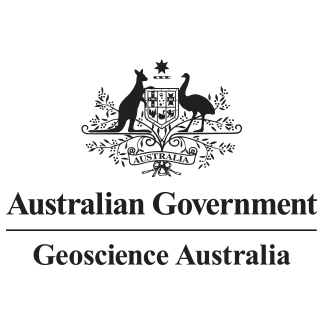Brief description
This dataset contains four-class hardness (i.e., hard-1, hard-soft-2, soft-3 and soft-hard-4) prediction data from seabed mapping surveys on the Van Diemen Rise in the eastern Joseph Bonaparte Gulf of the Timor Sea. This dataset was generated based on hard90 seabed hardness classification scheme using random forest methods based on the point data of seabed hardness classification using video images and multibeam data. Refer to Selecting optimal random forest predictive models: a case study on predicting the spatial distribution of seabed hardness for further information on processing techniques applied [1]. [1] Li, J., Tran, M., Siwabessy, J., 2016. Selecting optimal random forest predictive models: a case study on predicting the spatial distribution of seabed hardness PLOS ONE 11(2) e0149089.Lineage
Maintenance and Update Frequency: unknownIssued: 2016
text: westlimit=129.451; southlimit=-12.287; eastlimit=130.063; northlimit=-10.285
User Contributed Tags
Login to tag this record with meaningful keywords to make it easier to discover
Download the data package (File download)
uri :
https://d28rz98at9flks.cloudfront.net/90645/90645_data.zip![]()
- DOI : 10.4225/25/570732FF9FEB2

- URI : pid.geoscience.gov.au/dataset/ga/90645

- global : 2e0f272b-6739-70cb-e053-10a3070a4fbd


